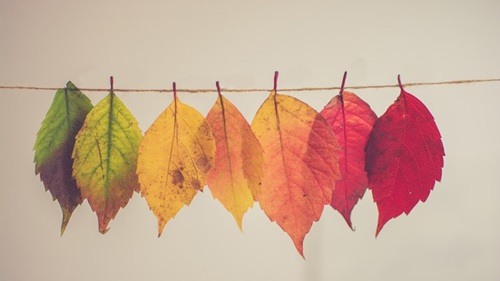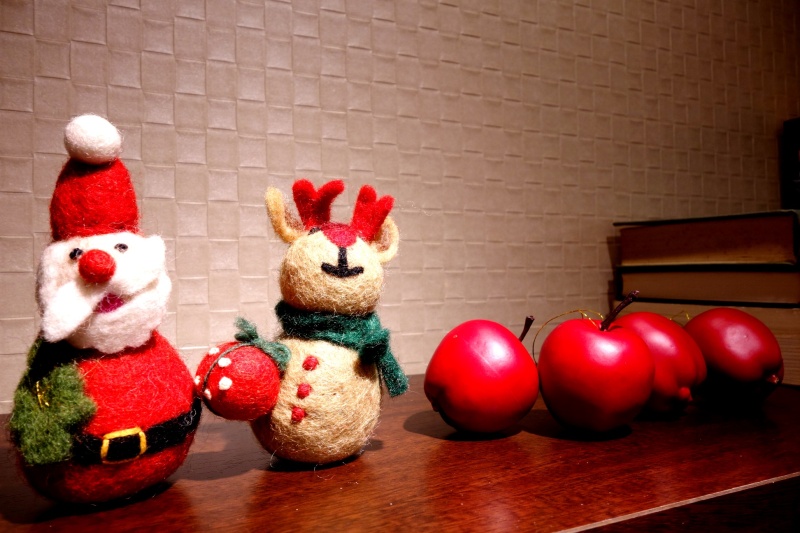
I’m no great fan of either summer or winter, but I do feel that the character of a city is best exemplified in summer, and most poorly represented in winter. The combination of bright sunlight, warm temperatures, comfortable clothing, and the greater prevalence of outdoor activities bring the spirit of the city alive. The drawback of summer, of course, is that the comfort level for inhabitants is rather low, thanks to the heat and humidity.
In contrast, winter is marked by gloomy, overcast skies, and people rugged up to brave the bitter chill. Last winter in Japan was something of an anomaly, because it never became truly cold in a manner that cuts to the bone as Japanese winters typically do. This did nothing to alleviate the sense that the city was at its most drab and dreary during this season. The bottom line is that the weather has a powerful impact on the aesthetic quality of a city, as well as on the mood of its people, and the atmosphere in general. One way to illustrate this distinction is by comparing a day at the beach on a balmy summer afternoon, to a typical winter afternoon in the heart of the city. Regardless of whether the city center is bustling with activity, it will never feel like the best version of the city.
Turning to the topic at hand, the best part of the transition from winter to spring is the feeling of renewal. Plant life begins to sprout and slowly blossom. Animals emerge from hibernation after a long period of absence. The mood of the people begins to rise in parallel with the improving weather outlook. Winter wardrobes are either dispensed with or relegated to the back of the closet for another year. Seasonal beverages return for sale at cafes. In other words, there are signs of life across the board once winter draws to a close and spring begins anew.
Japan is blessed with an abundance of spring blossoms, beginning with the less heralded plum (ume) blossom, which starts to bloom early in spring. Plum blossoms have the virtue of appearing in a variety of colors, and can be found in both stately landscape gardens and in natural forest environments. Next up are Japan’s iconic cherry blossoms, which are arguably the symbol of spring in Japan. They bloom practically everywhere, attracting hordes of photographers, curious onlookers and picnic revelers, wherever they appear. One would be hard-pressed to deny that this period of the year captures the essence of Japan – a time when the people as a collective enjoy the beauty of nature. The last flourish is a variety of late-bloomers, which can be just as aesthetically pleasing as their more famous relatives, and this provides an opportunity for latecomers to have a taste of spring in Japan.
In summary, the best thing about the last days of winter and the early days of spring is the sense of a new beginning, and the city slowly returning to the best version of itself.
Ming
Vocabulary
anomaly (noun) – something that is different from what is usual
drab (adj.) – not colorful or interesting
aesthetic (adj.) – relating to beauty, especially in art
anew (adv.) – again, often in a new or different way
horde (noun) – a great number of; a large group (of people)
reveler (n) – someone who enjoys themselves at a celebration by dancing, singing, and drinking alcohol
ネイティブ講師と話すならこちら!
英語学習をフルサポート!
マンツーマン&コーチングの英会話教室



















